Understanding Asset Life Cycle Planning
Asset life cycle planning is essential for industries that heavily rely on machinery and infrastructure, such as petrochemicals and mining. This strategic process ensures assets are effectively managed from acquisition to disposal, maximizing their performance, safety, and overall value. By implementing a robust asset life cycle plan, organizations can mitigate risks and control costs associated with asset maintenance and operations.
Core Components of an Asset Life Cycle Plan
Organizations like Shell, BHP, and Rio Tinto have recognized the critical nature of asset life cycle planning. The core content of such a plan typically includes:
- Asset Identification: Capturing essential details like asset name, location, OEM supplier, function, and age.
- Condition and Performance: Monitoring the current state of assets, including inspection findings and performance metrics.
- Life Cycle Strategies: Defining overhaul plans and long-term strategies that determine whether to replace or maintain an asset.
- Maintenance and Spares: Establishing schedules for regular maintenance and the management of spare parts to minimize downtime.
- Risk Management: Utilizing a risk matrix to identify potential failures and mitigate hazards.
- Financial Planning: Developing budgets for maintenance, upgrades, and overhauls to maintain financial oversight.
- Health, Safety, and Environment (HSE): Ensuring compliance with regulations and implementing safety measures.
- Performance Metrics: Tracking key indicators like uptime and efficiency to continuously improve asset performance.
Benefits of Effective Asset Life Cycle Planning
A well-structured asset life cycle plan, aligned with ISO 55000 standards, enables proactive asset management. It reduces unexpected failures and supports informed strategic decision-making. By optimizing asset use and enhancing safety, organizations can achieve long-term operational goals while maintaining efficiency in their operations.


